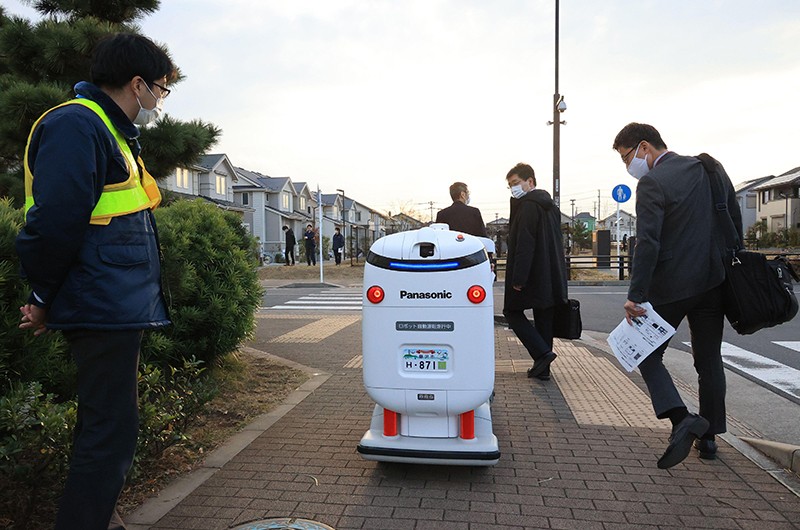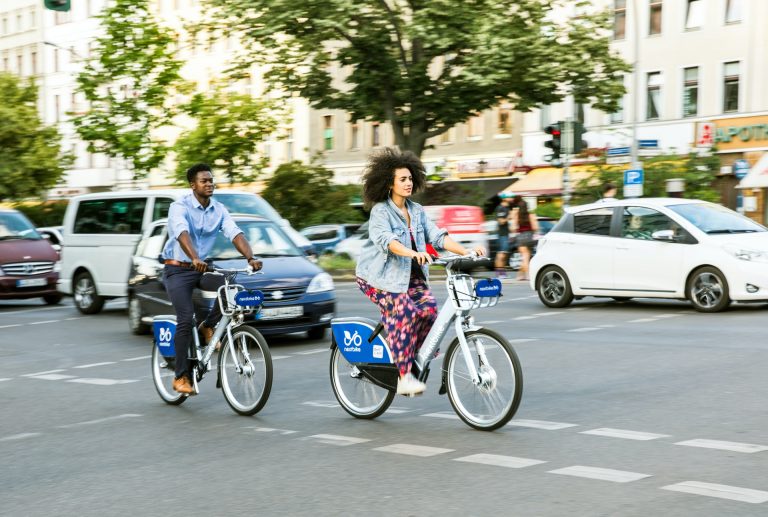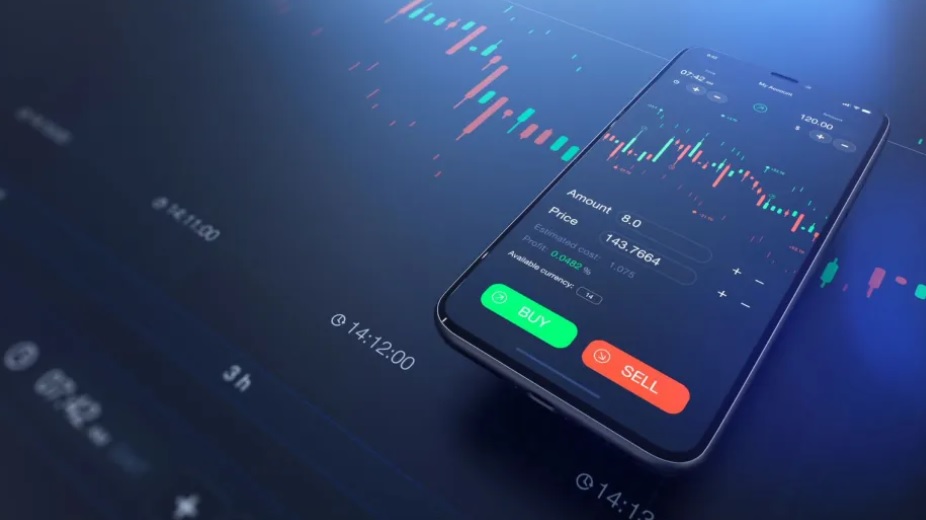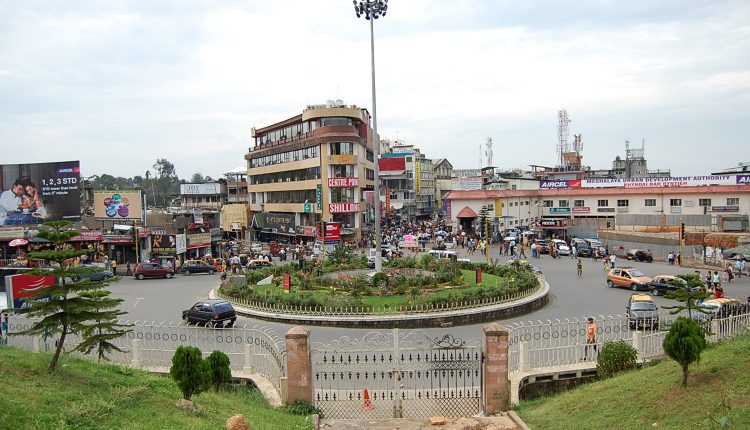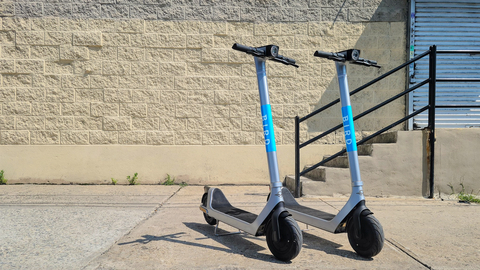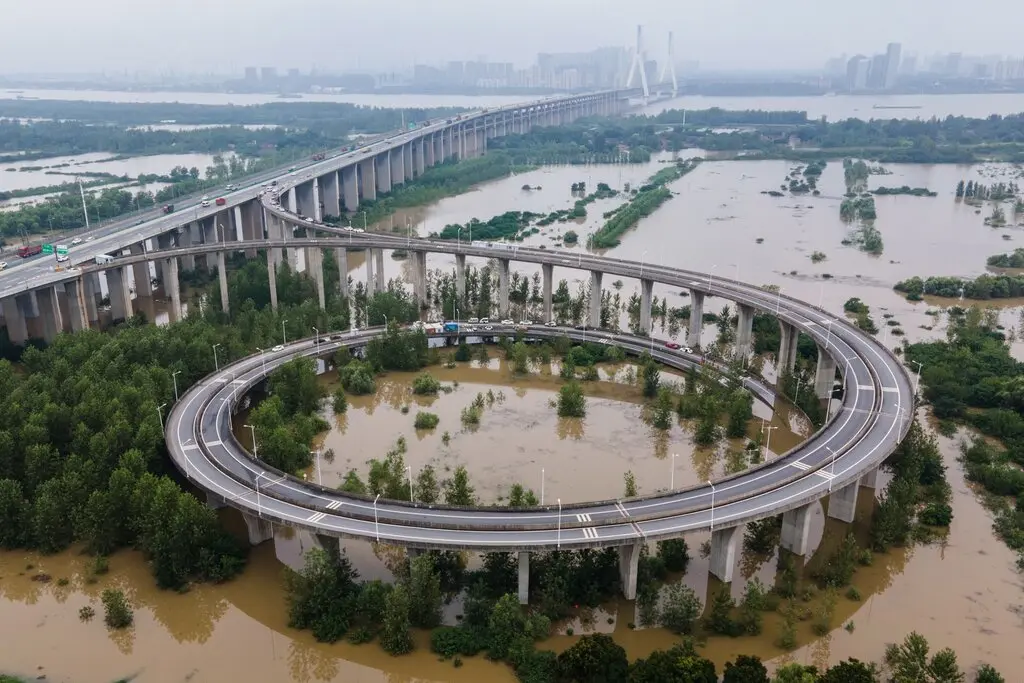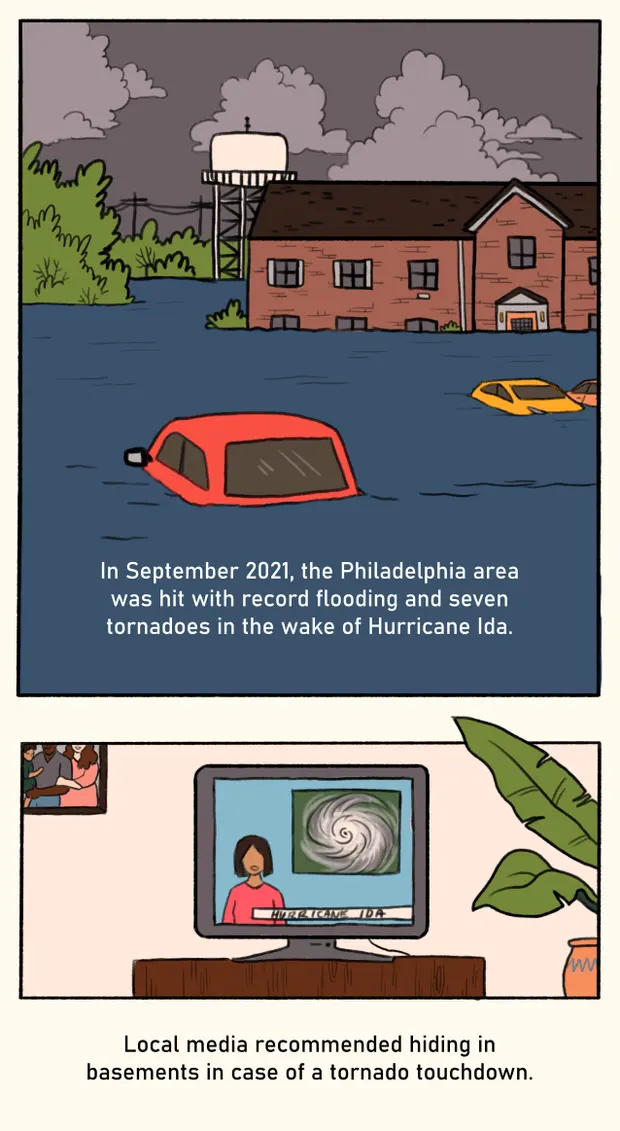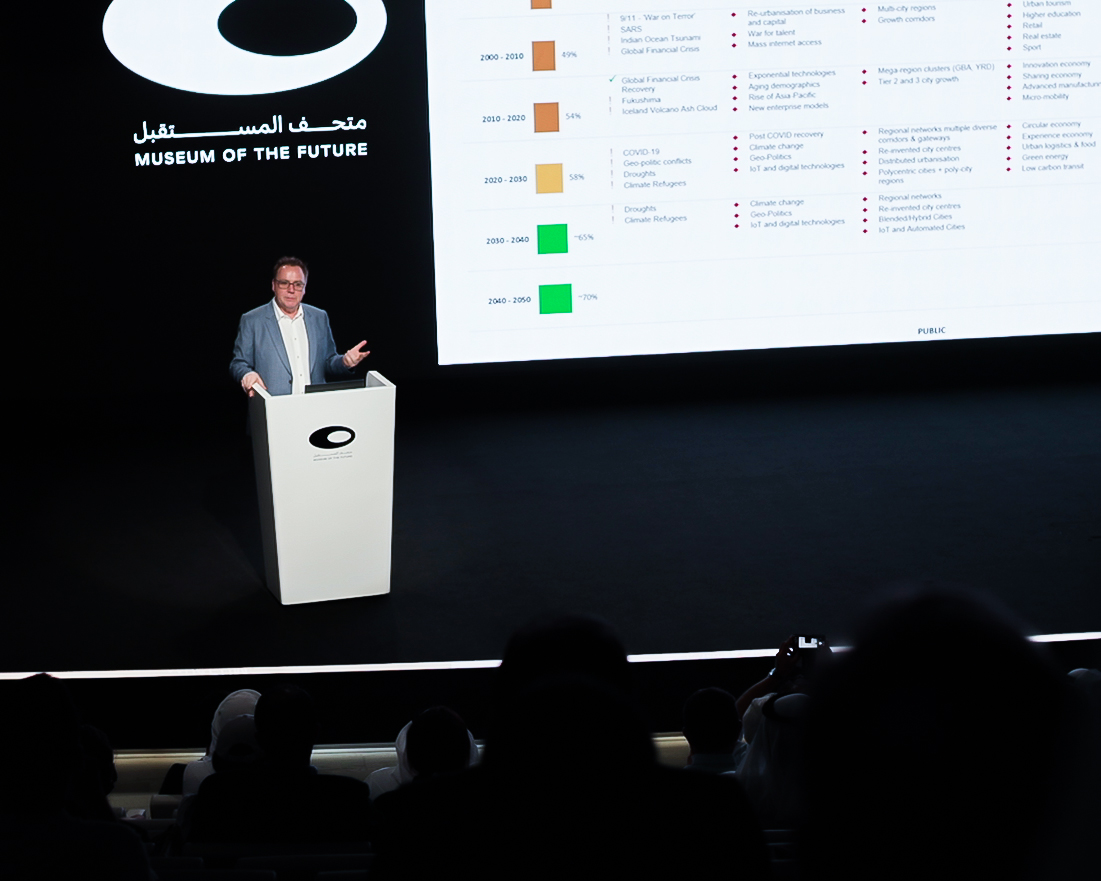
Change has been the driving factor in the mobility space and will continue to define the sector. Increased activity and exponential growth across several nontraditional areas of mobility can be expected over the next ten years. Mobility’s next normal will also feature changing consumer behaviors, new roles for regulators, hyperlocal mobility (for instance, city-specific rules), new forms of cooperation, and a shift in innovation strategy.
As companies adjust to the changing landscape, mobility players—automotive OEMs and suppliers, above all—face some pressing challenges. The automotive industry tends to have a weaker financial performance than other sectors because of structural disadvantages. Traditionally, it has underperformed the S&P 500 in terms of total return to shareholders and P/E multiples. On average, traditional auto OEMs are expected to trade at seven times P/E multiples versus the S&P 500’s 21 times earnings multiples. This has, in part, been driven by a high capital expenditure (CAPEX) industry structure combined with historical overcapacities. The automotive industry’s financial performance is continuing to decline, and current valuations reflect expected profit margins of below 3 percent.
+INFO: McKinsey&Company





